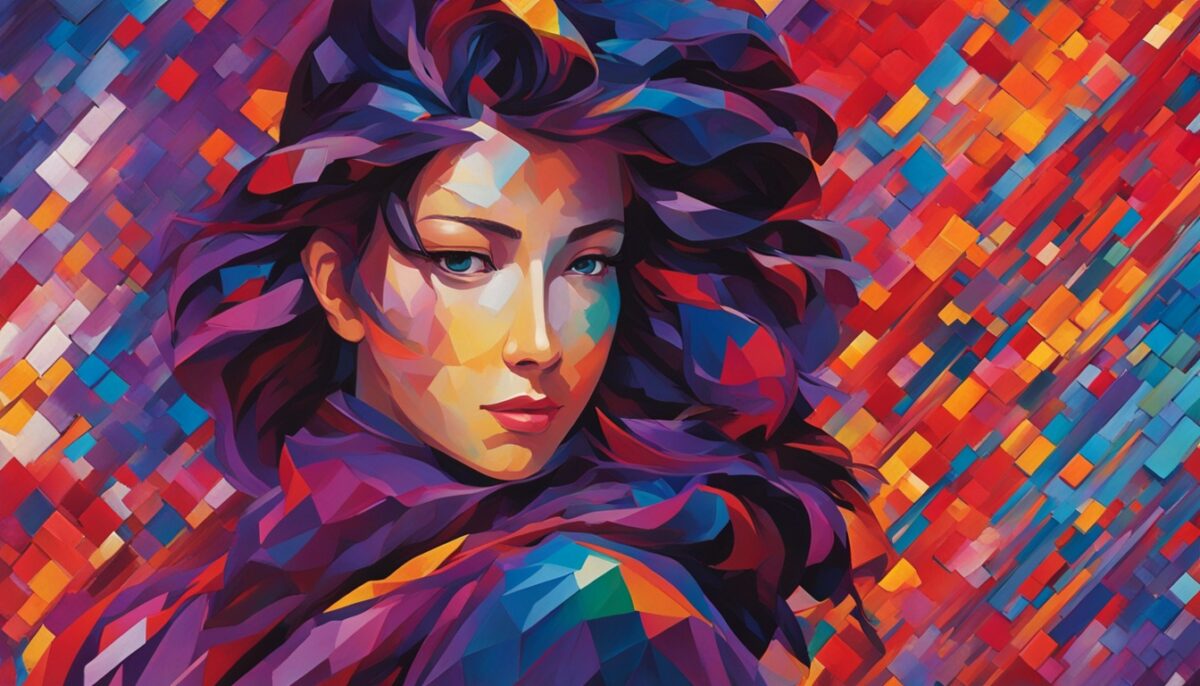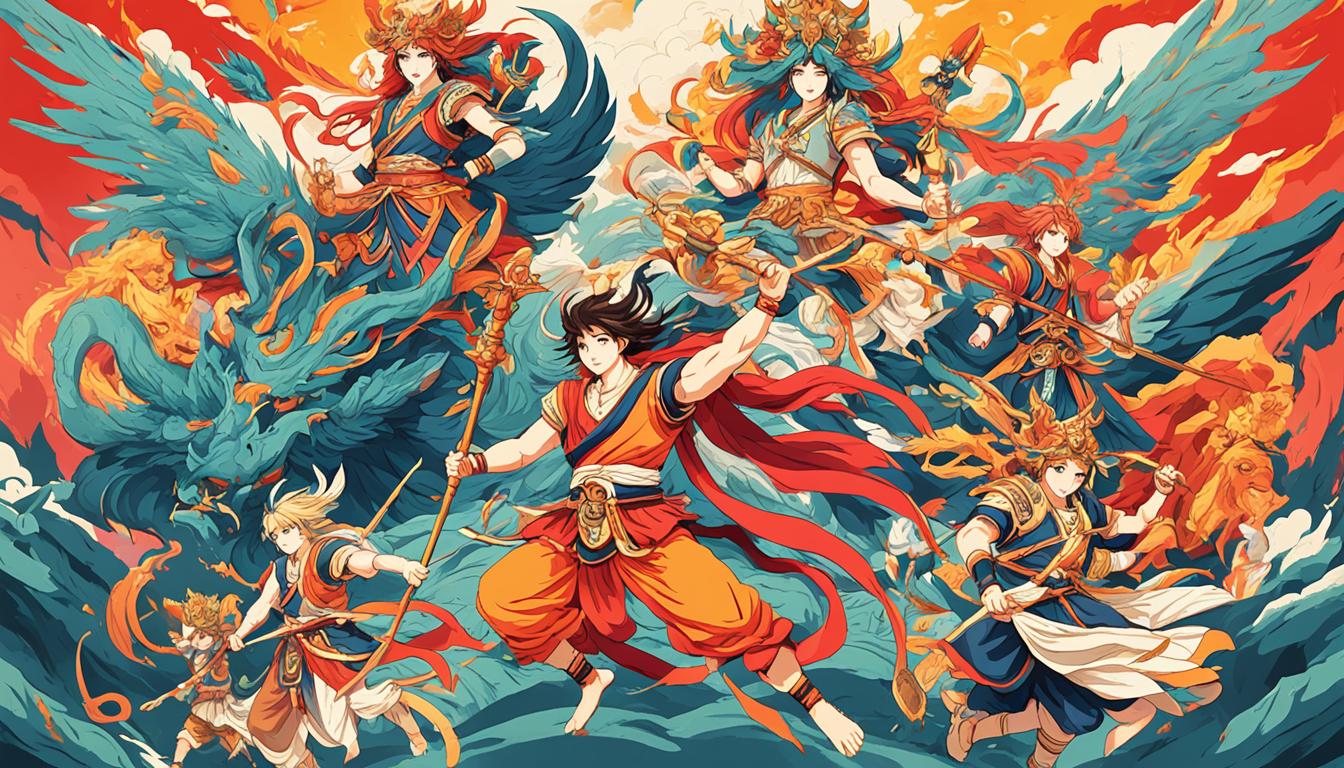A History of Color
The story of color is as old as human civilization itself. From the ancient Egyptians to the mighty empires of China and Mesopotamia, the quest to uncover, harness, and master color has been a driving force in the evolution of art, culture, and technology. In this captivating exploration, we delve into the rich tapestry of ancient color, revealing the profound impact it had on the development of our world.
The Ancient Civilizations and Their Colorful Legacy
The ancient Egyptians, renowned for their elaborate tomb paintings and intricate textiles, were masters of color. They utilized a diverse palette of natural pigments, including ochre, malachite, and lapis lazuli, to create vibrant hues that adorned the walls of their temples and the garments of their royalty. Similarly, the Chinese, with their deep appreciation for the power of color, developed a sophisticated system of dyes and pigments, using materials like indigo, cinnabar, and orpiment to produce a rainbow of shades that infused their art and architecture.
Across the Mediterranean, the Mesopotamians embraced color as a means of communication, using vivid pigments to depict the stories of their gods and kings. From the cobalt-blue glaze of their ceramics to the crimson dyes extracted from the Murex sea snail, these ancient civilizations established a lasting legacy that continues to captivate and inspire us today.
The Evolution of Pigments and Dyes
The journey of color has been marked by remarkable technological advancements, as ancient artisans and alchemists pushed the boundaries of their craft. The discovery of new mineral deposits, the invention of synthetic dyes, and the refinement of extraction techniques all contributed to the ever-expanding palette of hues available to the artists and craftspeople of the past. This continuous evolution of pigments and dyes not only transformed the visual landscape of ancient civilizations but also facilitated the emergence of new artistic movements and cultural expressions.
As we explore the rich history of color, we uncover the extraordinary resilience and creativity of our ancestors, whose passion for the visual arts left an indelible mark on the world we inhabit today. From the vibrant frescoes of Pompeii to the jewel-toned textiles of the Incas, the legacy of ancient color continues to captivate and inspire us, reminding us of the enduring power of this fundamental element of human expression.
| Ancient Civilization | Signature Colors | Key Materials Used |
|---|---|---|
| Egypt | Cobalt blue, turquoise, ochre | Malachite, lapis lazuli, ochre |
| China | Crimson, indigo, cinnabar red | Cinnabar, indigo, orpiment |
| Mesopotamia | Cobalt blue, crimson, ochre | Murex dye, lapis lazuli, ochre |
“The colors live a remarkable life of their own after they have been applied to the canvas.”
– Edvard Munch
History Color: The Profound Impact of Color
Throughout the ages, color has played a remarkable role in shaping our art, culture, and identity. From the symbolic significance of hues in various religions to the psychological effects of color on human perception, this fundamental element of our visual world has left an indelible mark on our collective experience.
In the realm of art, color has been used as a powerful tool to convey emotions, tell stories, and define artistic movements. The vibrant palettes of the Impressionists, the bold contrasts of the Expressionists, and the mesmerizing abstractions of the Color Field painters all testify to the transformative power of color in the realm of visual expression.
Beyond the canvas, color has also permeated the fabric of our cultural traditions. The deep-rooted symbolism of colors in various belief systems, such as the significance of red in Chinese culture or the sacred meaning of blue in ancient Egypt, underscores the profound impact of color on our collective identity and heritage.
Moreover, the psychological effects of color have been extensively studied, revealing its ability to influence our emotions, cognition, and even physiological responses. Certain hues have been shown to evoke feelings of calm, stimulate creativity, or even impact our appetite and purchasing decisions, making color a powerful tool in the realms of design, marketing, and beyond.
As we delve into the rich tapestry of color’s history, we uncover a story of profound significance – one that illuminates the deep-seated connections between our visual world and the very essence of our human experience.
“Color is the keyboard, the eyes are the harmonies, the soul is the piano with many strings. The artist is the hand that plays, touching one key or another, to cause vibrations in the soul.” – Wassily Kandinsky

| Color | Symbolic Meaning | Cultural Significance |
|---|---|---|
| Red | Passion, power, danger | In China, red is associated with luck, happiness, and prosperity. In many religions, it represents sacrifice and divine love. |
| Blue | Serenity, trust, intellect | In ancient Egypt, blue was the color of the sky and the Nile, symbolizing the divine and eternal. In Christianity, it represents the Virgin Mary. |
| Green | Growth, renewal, harmony | In many cultures, green is associated with nature, fertility, and new beginnings. In Islam, it is the color of Paradise. |
As we delve deeper into the history of color, we uncover a tapestry of rich cultural traditions, artistic expressions, and psychological insights that continue to shape our understanding of this fundamental element of our visual world.
The Renaissance and the Blossoming of Color Artistry
The Renaissance period marked a pivotal moment in the history of color, as artists, scientists, and innovators alike pushed the boundaries of what was possible with pigments and dyes. During this transformative era, we witnessed a remarkable artistic renaissance fueled by groundbreaking developments in color theory and the incorporation of new color-producing materials.
The advancements in color theory during the Renaissance paved the way for a deeper understanding and more sophisticated use of color in art. Prominent figures like Leonardo da Vinci and Johannes Itten made significant contributions to the field, exploring the intricate relationships between hues, tints, and shades. These insights empowered artists to harness the emotive power of color, elevating their works to new heights of expression and creativity.
Alongside the theoretical breakthroughs, the Renaissance also saw the introduction of innovative color-producing materials. The discovery of new pigments, such as ultramarine blue and cadmium yellow, expanded the palette available to artists. Furthermore, the invention of the printing press played a crucial role in the wider dissemination and appreciation of color in art and design, allowing for the mass production and distribution of vibrant, multicolored works.

